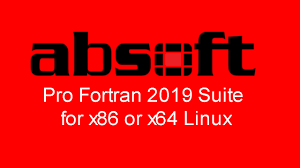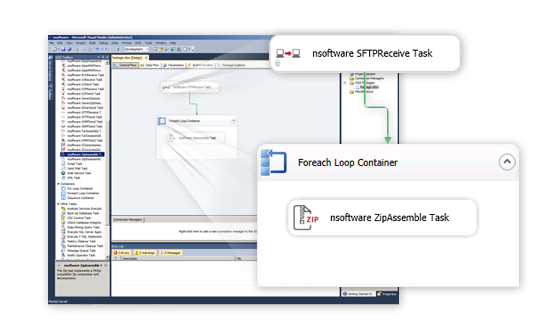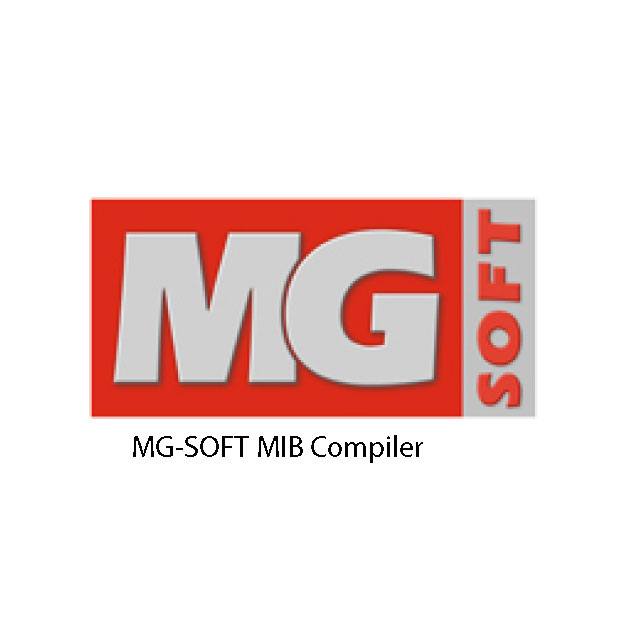Overview: Fortran is the latest iteration of the Fortran programming language, which has been widely used for scientific and engineering computations since its inception. Introduces several new features and enhancements aimed at improving performance, usability, and modern programming practices. Key Features:
- Enhanced Parallel Computing: Improved support for parallel computing with new constructs and features for multi-threading and distributed computing. This includes better integration with modern parallel frameworks and libraries.
- Improved Array Handling: New and enhanced array handling capabilities, including more flexible array slicing, reshaping, and manipulation functions. This allows for more efficient and intuitive operations on large datasets.
- Modern Syntax Enhancements: Introduction of new syntax features that make the language more expressive and easier to use. This includes enhancements to existing constructs and the introduction of new ones to simplify common programming tasks.
- Interoperability with Other Languages: Improved interoperability with other programming languages such as C, C++, and Python. This allows for easier integration of Fortran code with other software components and libraries.
- Enhanced I/O Capabilities: New and improved input/output capabilities, including better support for modern file formats and data streams. This makes it easier to read from and write to various data sources.
- Improved Error Handling: Enhanced error handling mechanisms that provide more robust and informative error reporting. This helps developers identify and fix issues more quickly.
- Support for Modern Hardware: Optimizations and features that take advantage of modern hardware architectures, including GPUs and multi-core processors. This ensures that Fortran code can run efficiently on the latest computing platforms.





